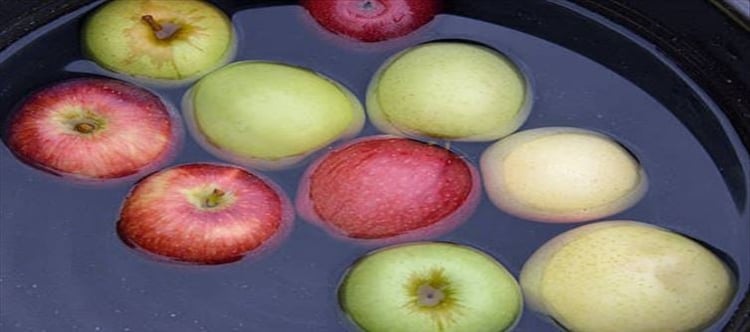
Apples are renowned for their unique ability to float in water, setting them apart from many other fruits. This phenomenon can be attributed to the principles of density and the composition of the apple itself. In comparison to fruits like mangoes, oranges, and watermelons, apples possess a lower density. According to Archimedes' principle, objects with a density lower than that of water will float, while those with a higher density will sink.

The key factor influencing the density of apples is the presence of air within them. Approximately 25% of an apple's volume consists of air, significantly reducing its overall density. This air content contributes to the apple's buoyancy, allowing it to remain afloat on the surface of water. Moreover, the outer layer of an apple is coated with a thin layer of wax.
This waxy coating acts as a protective barrier, preventing water from permeating the fruit. Consequently, the water repellent nature of the wax coating further decreases the apple's density, enhancing its ability to float. It is not solely apples that demonstrate this characteristic; bananas also exhibit the ability to float due to their lower density compared to water. In summary, the combination of air content and the waxy outer coating enables apples to defy gravity and float effortlessly on water's surface.
This intriguing property has fascinated scientists and fruit enthusiasts alike, highlighting the fascinating interplay between physics and nature in everyday phenomena.




 click and follow Indiaherald WhatsApp channel
click and follow Indiaherald WhatsApp channel